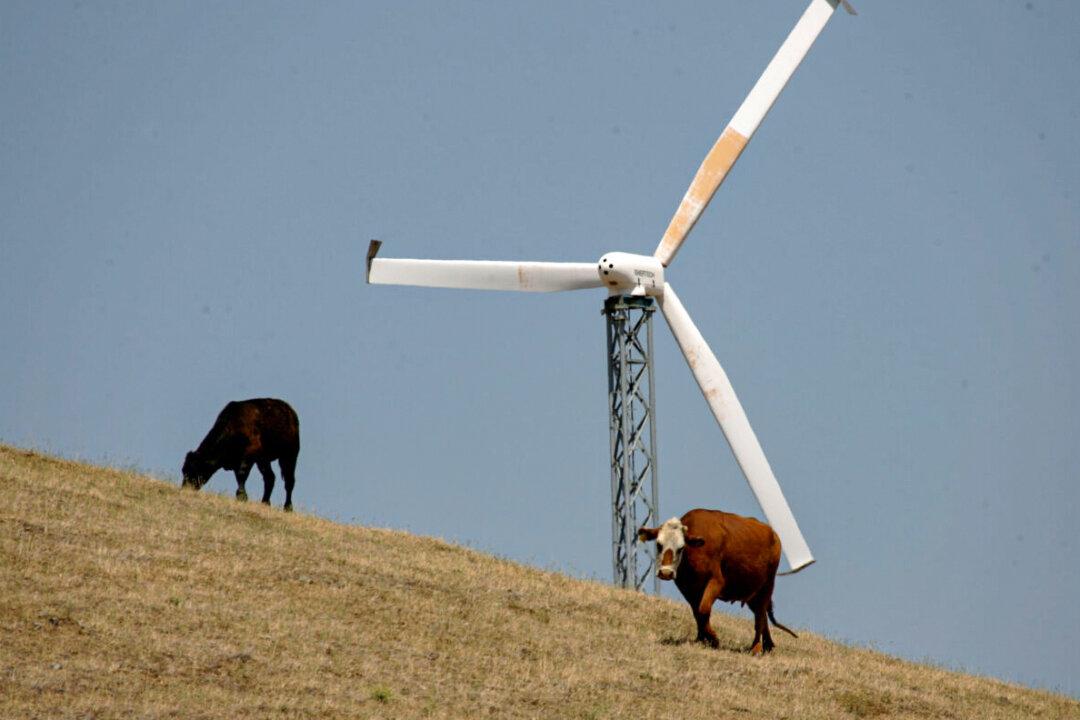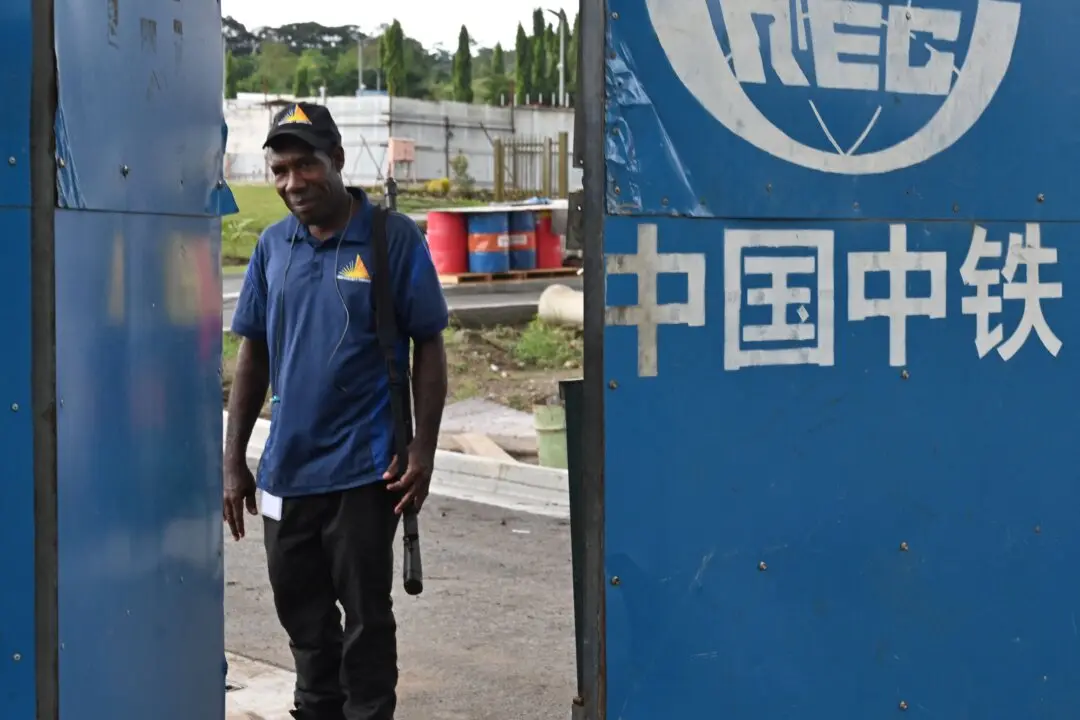Businesses have yet to fully grasp the risks of relying on Chinese supply chains, an issue that will become more critical as the net-zero push sets to increase Australia’s reliance on China, according to energy lawyer Scott Schlink.
Schlink, a partner at Holding Redlich, said that in the “foreseeable future,” Australia would continue to rely on overseas manufacturers for renewable energy components in solar panels, wind turbines, and batteries.





